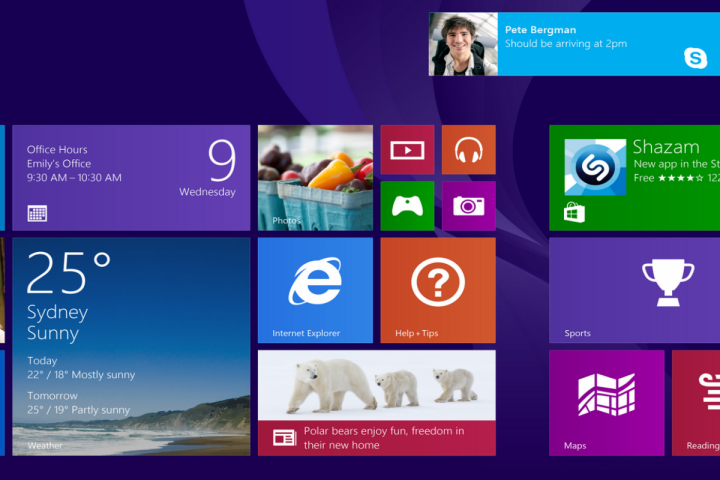
Despite Skype’s incredible popularity, the text and video chat service continues to have some blemishes. Included among those has been the lack of message syncing across multiple devices, which Skype parent company Microsoft pledged to fix back in November.
It appears as though the fix has officially arrived. In a new blog post, Skype says it has added message syncing to its service. Now, whenever you send and/or receive text-based messages on Skype while logged into the same account on multiple devices, the conversation will be up-to-date on all of your gear, not just the hardware you happen to be using at the time. So if, for example, you read a message on your desktop, and then log into your Skype account from your smartphone, that message will show up as “read” on both devices. On top of that, new push notifications (pictured above) will tell you when you’ve received a new message in chat.
Skype’s Elaine Ansell says the company will “continue to enhance your chat experience such that you’ll only receive notifications on the device you’re actively using.” By doing that, notifications won’t pile up on your other gear, eliminating another hassle. However, it’s unclear when that feature will roll out exactly, though Ansell says that it should be added “in the coming months.”
To enjoy the latest Skype features, Microsoft makes it seem as if you’ll have to download the latest version of the program. You can do so here.
What do you think? Sound off in the comments below.
Editors' Recommendations
- How to type an em dash in Windows
- How to automate tasks in Windows to make everything faster
- Microsoft finds a sneaky way to slip more ads into Windows
- How to leave a team on Microsoft Teams
- How to check your PC’s specifications on Windows 11


